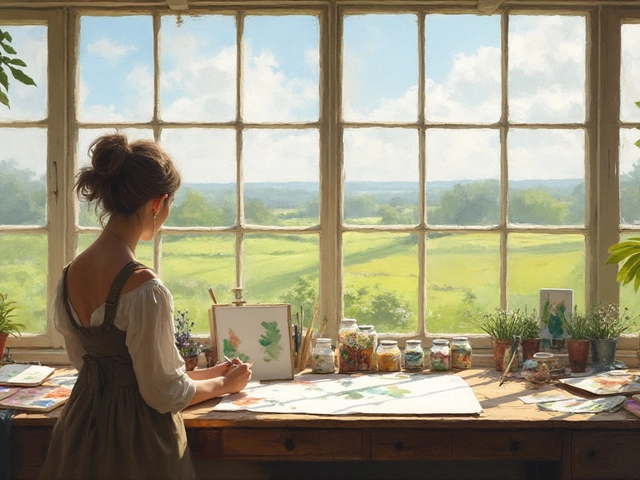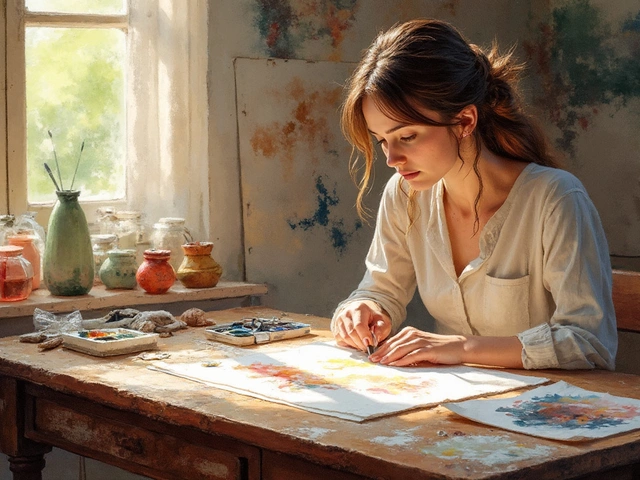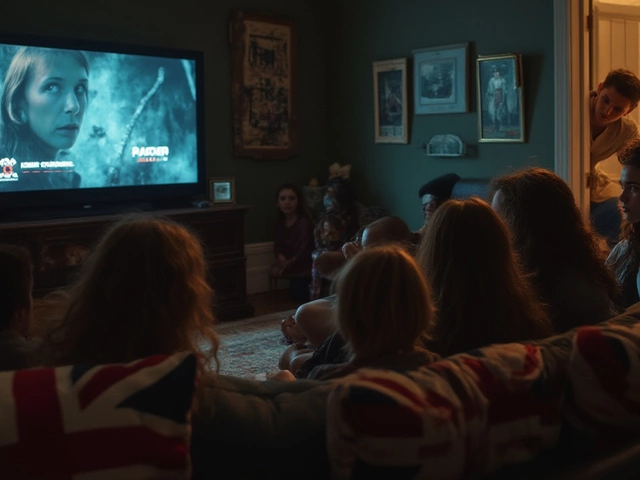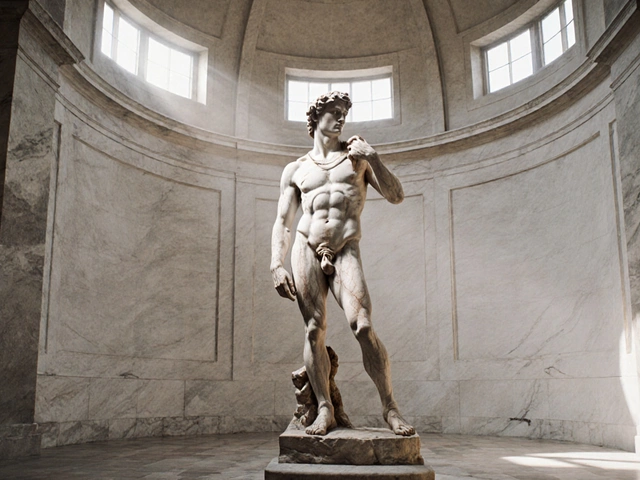sublime landscapes
When you dive into sublime landscapes, the term refers to scenery that overwhelms the viewer with grandeur, stark contrast, or awe‑inspiring scale. Also known as dramatic scenery, it captures the imagination by mixing natural beauty with a sense of the overpowering.
In the realm of landscape painting, artists use perspective, light, and color to bring that awe to canvas , the practice requires a solid grasp of composition and atmospheric effects. Meanwhile, landscape photography, captures real‑world vistas and sparks debate over its status as fine art , pushing photographers to think about framing, timing, and post‑processing. digital art, extends these traditions into pixels, letting creators share sublime scenes instantly online influences how audiences experience dramatic scenery today. These three fields intersect: sublime landscapes encompass striking light, require mastery of perspective, and influence digital sharing practices.
Why the concept matters for artists and viewers
Modern art principles often shape how we read a sublime scene. A painter might borrow the Goya technique—dark underpainting and bright glazes—to heighten drama, while a photographer could employ high‑contrast rendering to echo the same mood. Digital creators, on the other hand, blend AI‑generated textures with traditional brushwork, blurring the line between illustration and fine art. Understanding these art techniques helps you decide which medium best conveys the power of a mountain range, stormy sea, or empty desert.
Below you’ll find a curated collection of articles that walk you through making money with digital art, adding figures to landscape paintings, exploring abstract rules, and much more. Each piece ties back to the core idea of turning breathtaking scenery into compelling work, whether you’re a beginner with oil paints or a seasoned photographer hunting the perfect light. Keep reading to see how these topics connect and to gather practical tips you can apply right away.
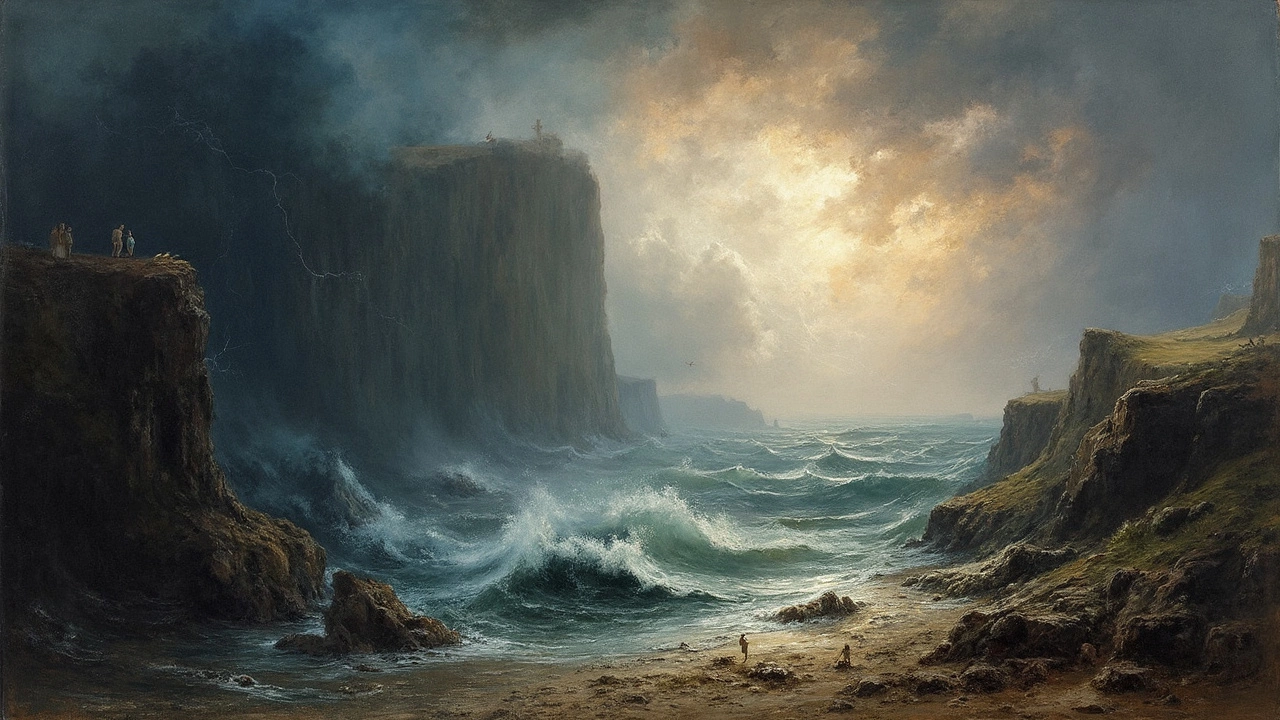
Romantic landscape paintings fall into two main types: the sublime and the pastoral. Each captures nature in totally different moods. This article breaks down what sets them apart, how artists approached each type, and tips for spotting them in galleries or even thrift shop finds. It’s a straight-to-the-point look at what makes romantic landscapes tick. Ideal for collectors, art students, and anyone who wants to understand art without the jargon.
